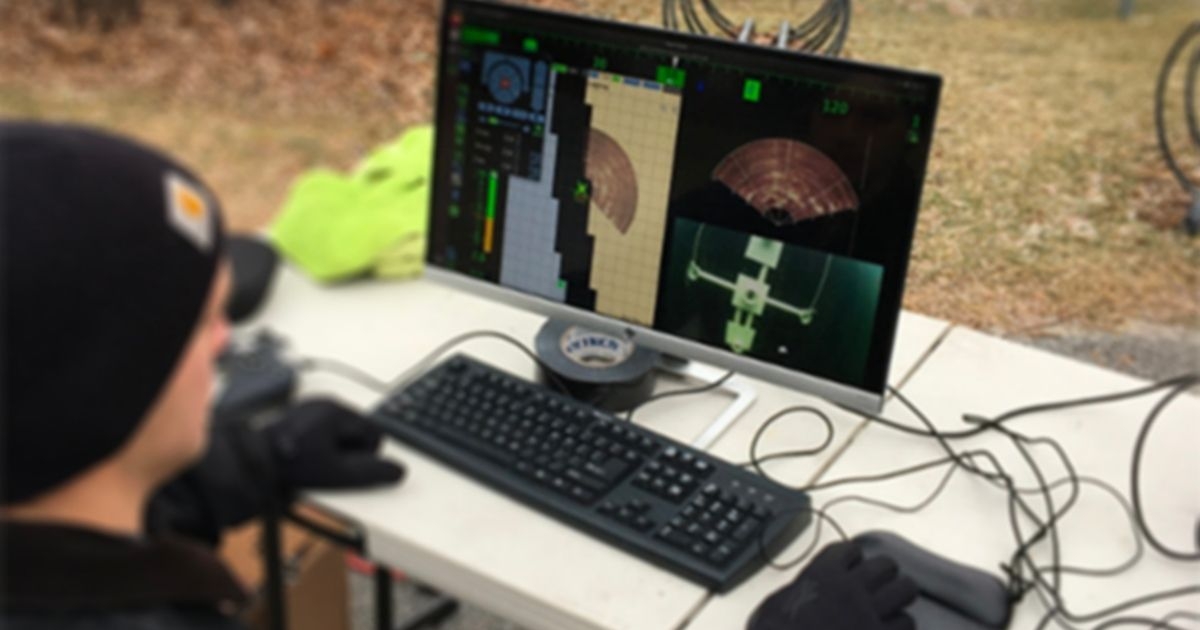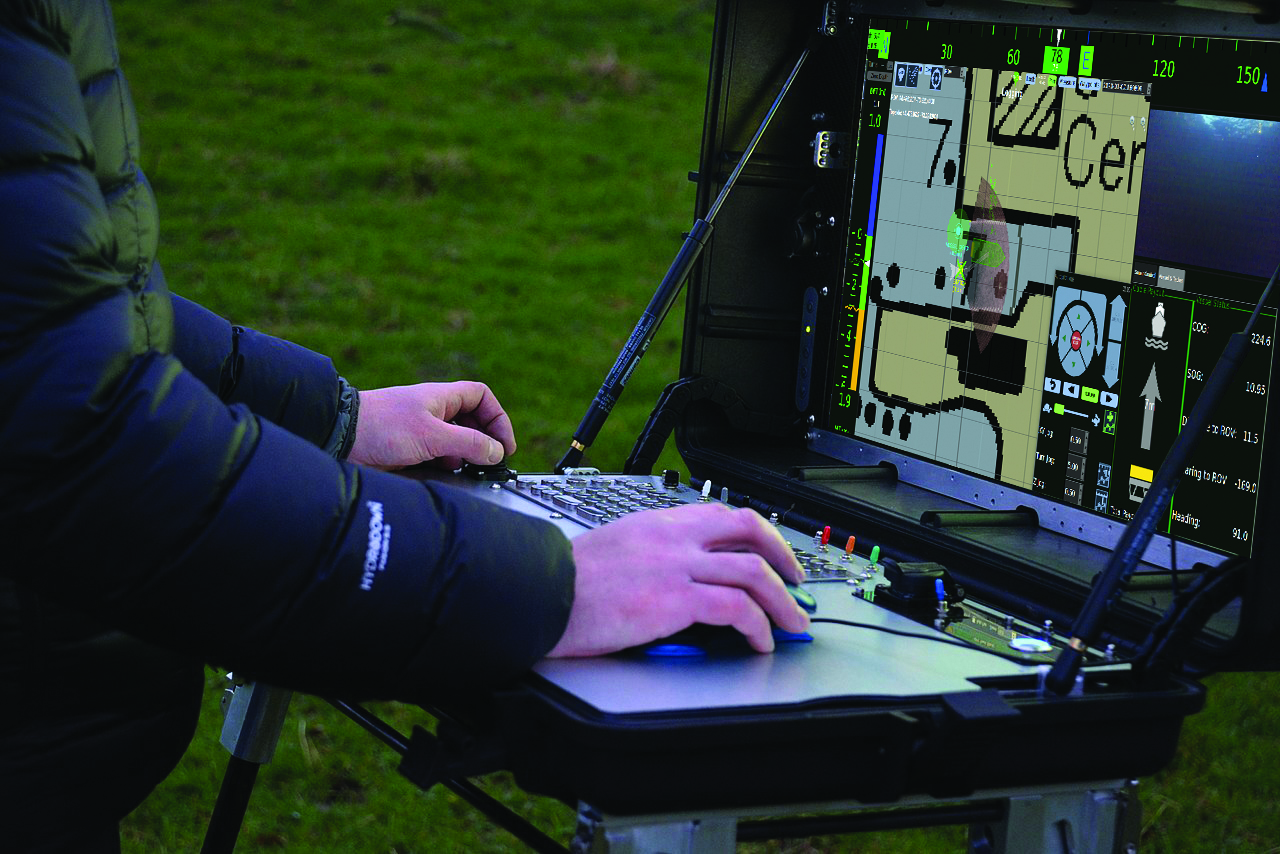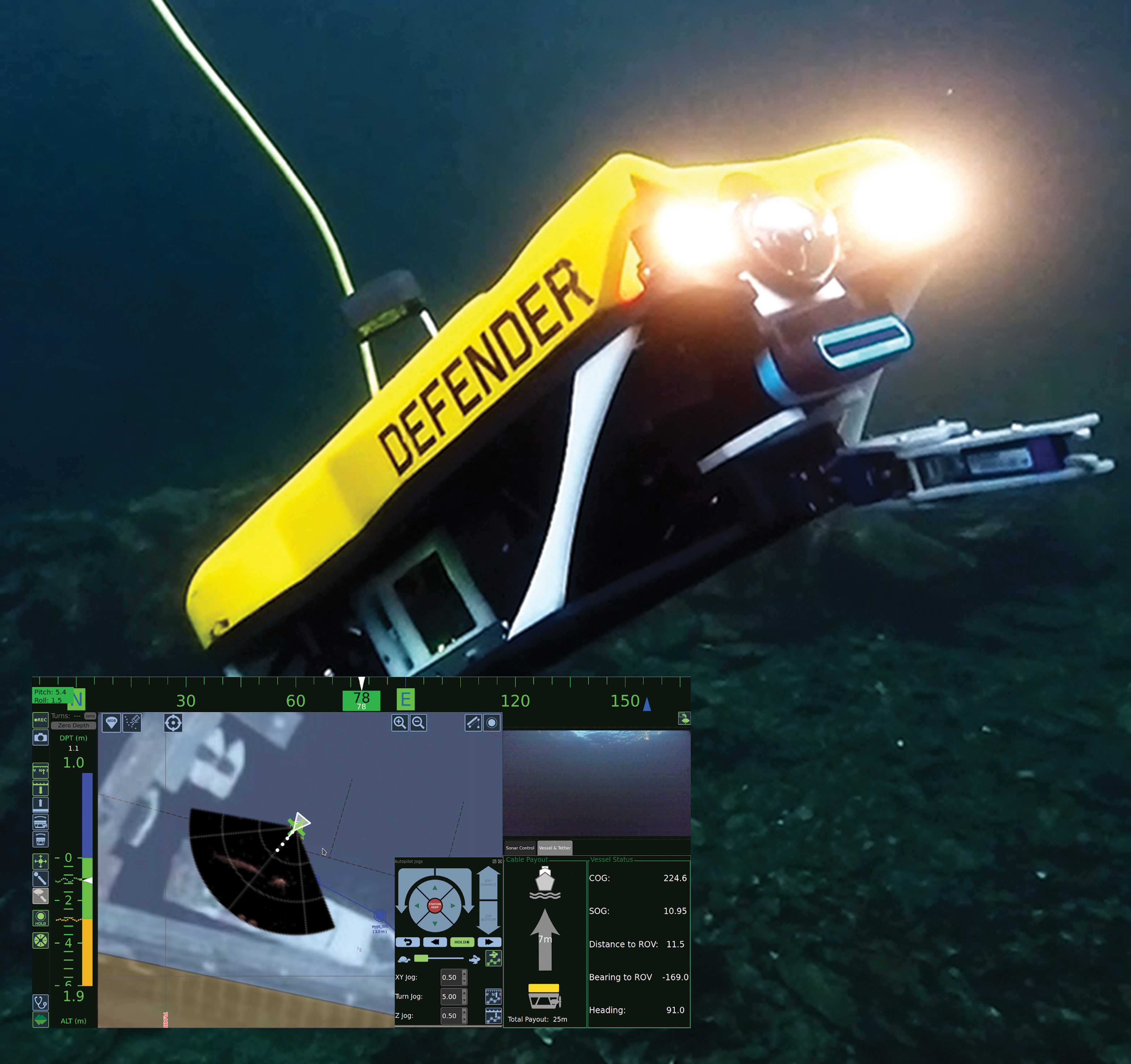Automating the Future, Today

There is one universal truth that unites every marine business, past, present, and future. This unifying factor is risk.
The minute a ship sails or a dive is initiated, the risk to life, limb, and wallet increases substantially. This risk has been true throughout history with fortunes being made, or as likely, lost at sea. This truth is even more apparent during a pandemic. One obvious way to reduce this human element of risk is to keep people out of harm’s way. Imagine a future of unmanned ships operating robots offshore that are supervised by operators comfortably seated in an onshore office. Technology advancements have made this possible and Greensea is working to make this future a reality.
Readers of last month's Ocean News & Technology’s, The Future of Ocean Technology, may have picked up on a recurring theme while reading through the articles—automation. Automation is the tool that many companies are turning to as a solution to reduce risk and improve results. Of the 24 published articles, 33% had autonomy or unmanned in their titles and many more authors mentioned autonomy and unmanned systems as being instrumental to their visions of the future. But in order for a machine to do the dirty, boring, or too difficult work is only a viable solution when the machine can do it better/faster/safer/cheaper than a human. That’s the tricky part of automation.
KEEPING TECHNICIANS ONSHORE
There are several technology hurdles that need to be addressed before an ROV can be successfully controlled from a comfortable office in Houston. Greensea is developing a solution called SAFE C2, which is agnostic to hardware and communications methods and is open to current and future data transmission and ROV systems. SAFE C2 is based on EOD Workspace, an operating platform specifically developed for ROVs used in EOD operations that is built on the open architecture platform, OPENSEA.
 Keeping technicians onshore: SAFE-C2 is agnostic to hardware and communications methods and is open to current and future data transmission and ROV systems. (Image credit: Greensea)
Keeping technicians onshore: SAFE-C2 is agnostic to hardware and communications methods and is open to current and future data transmission and ROV systems. (Image credit: Greensea)
The first challenge is the unspoken requirement that I mentioned above, the entire solution must be better, faster, safer or cheaper than the current solution. As you may know, the vehicle launch occurs in distinct phases—launch, descent, operation, ascent, recovery. Launch and recovery are by far the riskiest phases, when the vehicle is close to the vessel but not yet attached. Current operations, with a crew onboard, mean that there are multiple sets of eyes making sure that everything goes smoothly and the ability to demand a hard hold while problems any possible problems are solved. A ROV pilot onboard the vessel has instant situational awareness of what is happening as the ship heaves or changes heading and can instantly react accordingly. Recreating this instant situational awareness/feedback is a necessary requirement in order for long range control to common place. Greensea’s SAFE-C2 compensates for this loss of first-hand situational awareness by optimizing the available bandwidth between the ROV and operator and providing the operator an intuitive and comprehensive graphical workspace environment tailored to the current tasking. This helps ensure that the operator maintains a close connection to the entire system offshore. It’s not exactly the same as feeling the ship’s heading change but it’s closer.
DATA MANAGEMENT & TRANSITION
Providing the ROV pilot—which before long will be any available Subject Matter Expert—with as much situational awareness as possible means that another technology hurdle to address is data management and transmission between the standoff operator and the ROV. There are several ways to go about managing and transmitting data. One way is compression—squeeze down the data packets to be as small as possible. Greensea takes another simple approach to data transmission and management: send less data and send only the data needed. This is accomplished by having the ROV perform low-level autonomous functions (stabilization and piloting aids), high-level autonomy (automating common tasks), and automatic target recognition (identify and recognize sonar targets). Commands are only sent when and if it is needed and data is dynamically allocated bandwidth based on task.
To make the future of long-range command and control a reality, the last significant technology hurdle is a solution for tether and vessel management. Greensea’s solution predicts the optimal amount of tether to have in the water, managing the deployment vessel, the tether, and the ROV to optimally aid the execution of the task without interference. With awareness of the tether path, the operator can make path planning decisions, define watch circles and exclusion zones for the deployment vessel, and avoid tether entanglement.
Once these technology hurdles are mastered, there is one really large problem looming—how do all the different pieces of hardware (USV, ROV, AUV, LARS and hundreds, if not thousands, of sensors) get integrated together? The Greensea solution is through open architecture. A simple definition of an open architecture software platform is one that is easily updated and modified. All Greensea products are built upon OPENSEA, an open architecture platform for the marine industry. Being an open architecture platform makes it scalable, flexible, and severable. OPENSEA is compatible with most major marine sensors and vehicles. Adding, swapping, modifying sensors, vehicles, payloads etc. can be done as technology advances.
 VideoRay MSS Defender is one of several inspection class ROVs suitable for long-range command and control with SAFE-C2. Inset: SAFE-C2 Workspace. (Image credit: Greensea)
VideoRay MSS Defender is one of several inspection class ROVs suitable for long-range command and control with SAFE-C2. Inset: SAFE-C2 Workspace. (Image credit: Greensea)
OPEN ARCHITECTURE AS A CORE VALUE
It’s not just OPENSEA that is the open platform, being open is also a core value for Greensea as a company. Greensea’s development cycle emphasizes rapid and continuous acceleration of development with our partners. We have developed an SDK available to other manufacturers and developers that will allow them to apply novel concepts to a diverse range of applications. We are developing an open community for developers and engineers across the globe to engage in discussions to move the ball forward in all aspects of marine and subsea technology.
There is no way to entirely remove risk from the work being done at sea, the best that we can do is to manage risk. Within the next year or two the long-range control of an ROV or AUV will become normal operating procedure, reducing the number of personnel required offshore.
This feature originally appeared in Ocean News & Technology's Magazine January 2021 edition—The Essential 2021 Offshore Toolkit. To read more, access the magazine here.

